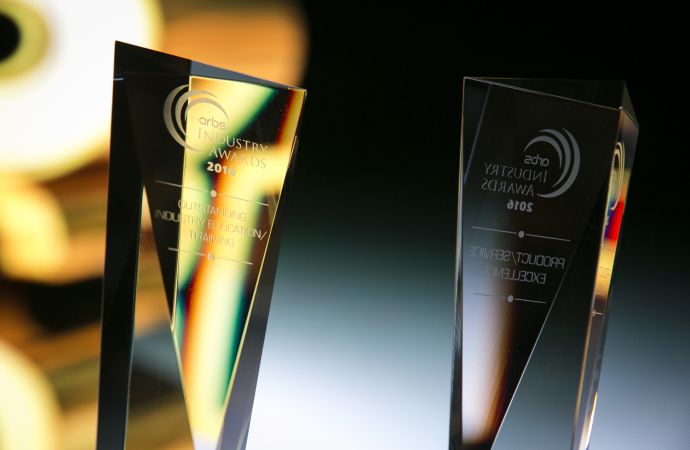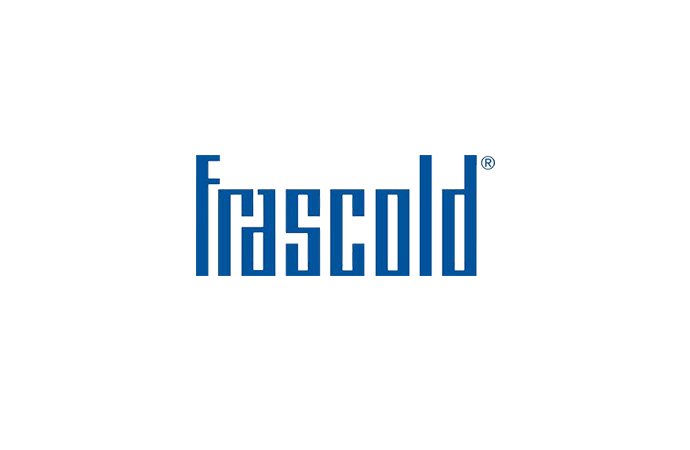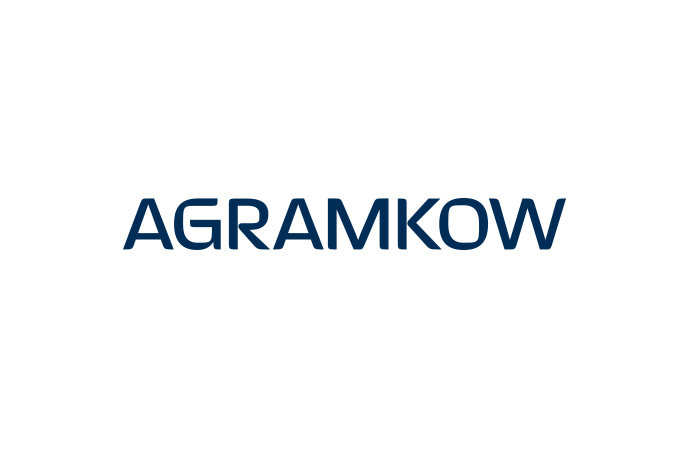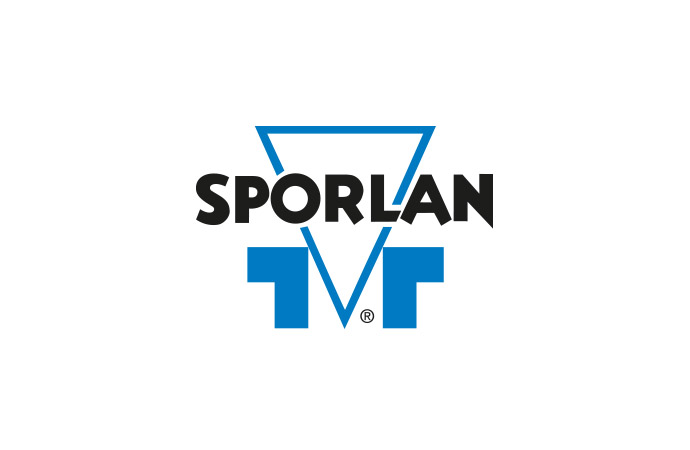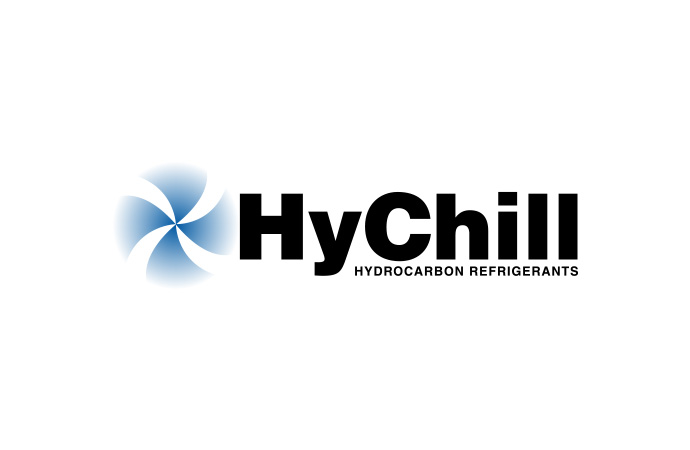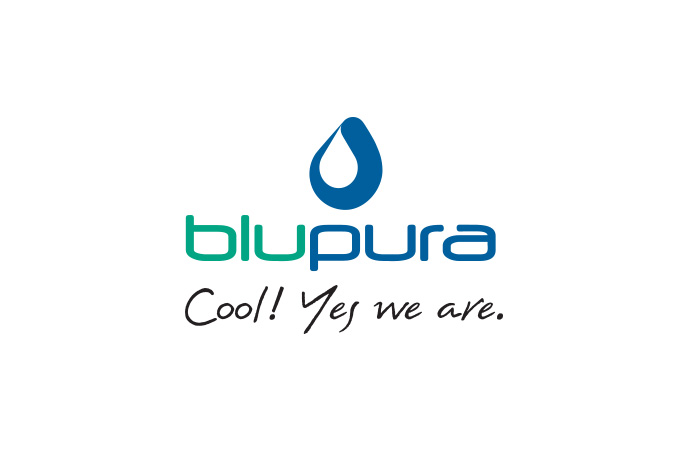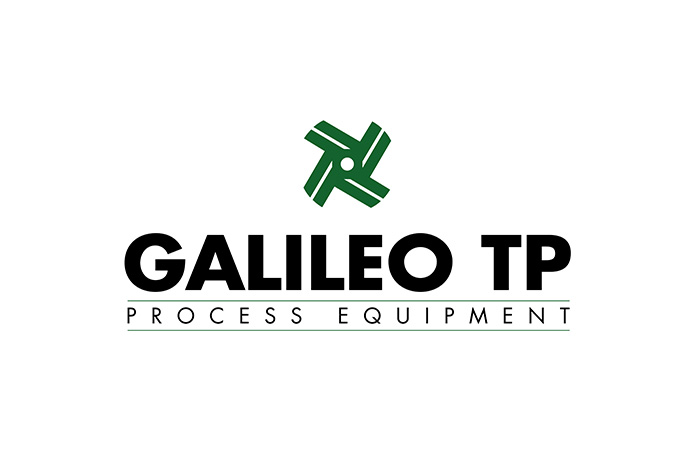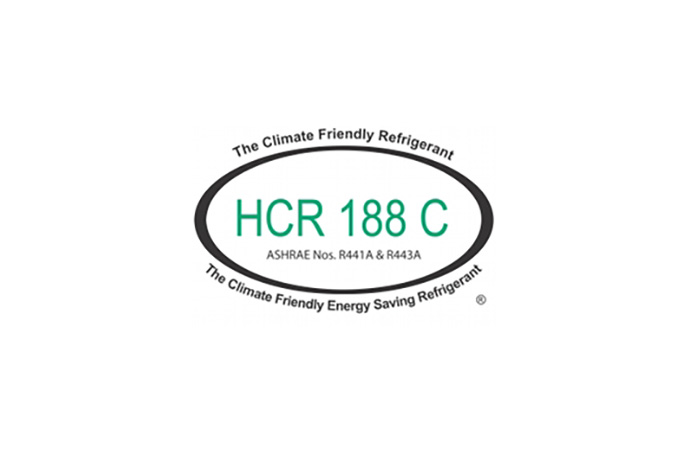After phasing out over 90% of high global warming and ozone depleting substances in industrial operations, Nestlé is now shifting the focus to reducing the carbon footprint of smaller refrigeration systems, such as the freezers for their Häagen-Dazs, Mövenpick, Oreo, Schöller and other ice cream brands. Over 11,000 ice cream freezers in seven countries operate with hydrocarbon refrigerants, such as propane and butane, which Nestlé has identified as the best currently

Recognising the negative effects of a widespread use of hydrofluorocarbons (HFCs) on climate change, Nestlé has committed to phasing out these substances and replacing them with safe and more environmentally acceptable alternatives.
Nestlé has already invested over CHF 200 million (around €166 million) in the replacement of HFCs by natural refrigerants such as ammonia and CO2 in large industrial installations and will continue to improve these installations.
Ice cream freezers - HC as best alternatives
Nestlé has recognised that hydrocarbons such as propane and butane are the best currently available alternatives to HFCs in small refrigeration applications. To ensure the safety in their operation special precautions are made and regular maintenance is done. Nestlé also works with major equipment suppliers and international organisations to test and monitor different refrigerants in various applications and currently more than 11,000 ice cream freezers using hydrocarbons are being monitored.
In Switzerland, all new ice cream freezers now use hydrocarbon (HC) refrigerants under controlled conditions, and another 2,300 HC freezers in Australia, Spain, Malaysia, Chile and the United States (US). The new HC freezers are equipped with high-efficiency fans, improving the energy efficiency by 80%. It is estimated that the reduction in greenhouse gas emissions from these freezers will be around 10,000 tonnes of CO2 equivalent over their expected 10-year lifetime.
It remains to be seen if the recent US SNAP approval of three hydrocarbon refrigerants for small applications will further boost the numbers of the HC freezers in the United States in the coming years.
All Nestlé coffee freeze-dying factories worldwide use natural refrigerants
In addition to hydrocarbons, Nestlé is also looking at other natural refrigerants, especially CO2. Already in 2000, the first coffee freeze-dying factory in Hayes, United Kingdom, was converted to a CO2/ammonia cascade system. Nowadays, all Nestlé coffee freeze-dying factories worldwide are using natural refrigerants. In addition, CO2 is used as a secondary coolant at several cold storage distribution centres.
Nestlé supports CGF’s pledge to phase out HFCs as of 2015
Nestlé has fully endorsed a resolution by the Consumer Goods Forum (CGF), which pledges to "take action to mobilise resources within our respective businesses to begin phasing out HFC refrigerants as of 2015 and replace them with non-HFC refrigerants (natural refrigerant alternatives) where these are legally allowed and available for new purchases of point-of-sale units and large refrigeration installations".
MORE INFORMATION
Related stories

